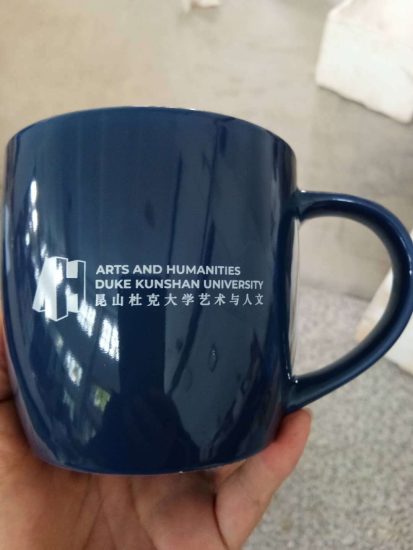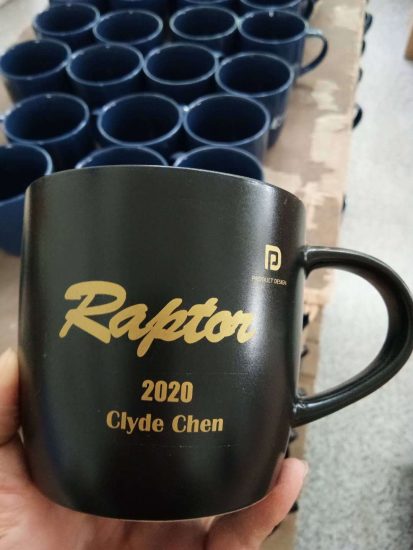Ceramic cups have a rich history that dates back thousands of years. The evolution of ceramic cups can be traced through various civilizations and their advancements in pottery techniques. Here’s an overview of the history and evolution of ceramic cups:
- Ancient Civilizations: The origins of ceramic cups can be traced back to ancient civilizations such as the Mesopotamians, Egyptians, and Greeks. These early cultures developed rudimentary pottery techniques, using clay to create basic vessels for holding liquids. The earliest ceramic cups were hand-built and had simple forms.
- Chinese Influence: Chinese ceramic traditions, particularly during the Tang (618-907 AD) and Song (960-1279 AD) dynasties, greatly influenced the evolution of ceramic cups. The Chinese developed advanced techniques, including wheel-throwing and glazing, which allowed for more refined and intricate cup designs. They also introduced porcelain, a type of ceramic known for its translucency and delicate appearance, which revolutionized cup production.
- Islamic Pottery: During the medieval Islamic period, from the 7th to the 13th century, ceramic production flourished. Islamic potters developed intricate decorative techniques such as underglaze painting and lusterware, which involved applying metallic glazes to create iridescent effects on cups. These techniques greatly influenced ceramic production in regions such as Spain and Italy.
- European Renaissance: The Renaissance period in Europe saw a revival of ceramic arts. Italian potters, inspired by classical Greek and Roman pottery, produced ornate majolica cups. Majolica cups were characterized by their colorful glazes and intricate painted designs, often depicting mythological scenes or botanical motifs.
- Industrial Revolution: With the advent of the Industrial Revolution in the 18th and 19th centuries, ceramic production underwent significant changes. Mass production techniques such as mold casting and mechanized pottery wheels were introduced, enabling the production of ceramic cups on a larger scale. This period saw the rise of well-known ceramic manufacturers such as Wedgwood in England.
- Art Nouveau and Art Deco: In the late 19th and early 20th centuries, the Art Nouveau and Art Deco movements influenced ceramic cup design. Art Nouveau cups featured flowing organic forms and nature-inspired motifs, while Art Deco cups embraced geometric shapes and bold, streamlined designs.
- Contemporary and Studio Pottery: In the 20th century, there was a resurgence of interest in handmade and artistically crafted ceramic cups. Studio potters emerged, creating unique and individualistic designs. Artists explored various techniques such as raku firing, slip casting, and experimental glazing, pushing the boundaries of cup design and blurring the line between functional and sculptural ceramics.
- Contemporary Trends: Today, ceramic cups continue to evolve and reflect the diverse styles and influences of contemporary art and design. Artists and artisans experiment with a wide range of techniques, materials, and aesthetics, incorporating traditional and innovative approaches. There is a growing interest in sustainable and handmade ceramics, as well as a focus on unique and personalized designs.
The history and evolution of ceramic cups highlight the importance of pottery as a cultural and artistic expression throughout human civilization. From simple vessels to highly decorative and conceptually driven designs, ceramic cups have been integral to our daily lives and artistic traditions for centuries.


